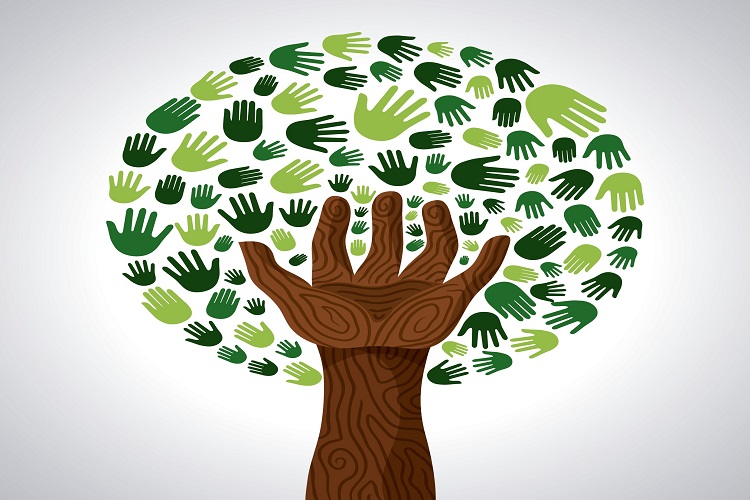With over one billion actions to date, Earth Day Network’s A Billion Acts of Green® – the largest environmental service campaign in the world – is steadily building commitments by individuals, organizations, businesses and governments to protect the planet. A Billion Acts of Green® inspires and rewards both simple individual acts and larger organizational initiatives that reduce carbon emissions and support sustainability. It’s a global referendum on the environment.
You too can make simple changes to the earth we are living in right from your own back yard… like through composting.
With over one billion actions to date, Earth Day Network’s A Billion Acts of Green® – the largest environmental service campaign in the world – is steadily building commitments by individuals, organizations, businesses and governments to protect the planet. A Billion Acts of Green® inspires and rewards both simple individual acts and larger organizational initiatives that reduce carbon emissions and support sustainability. It’s a global referendum on the environment.You too can make simple changes to the earth we are living in right from your own back yard… like through composting.
By composting kitchen scraps and yard trimmings, you can limit the amount of food you waste and help reduce your impact on landfills. In fact, if you compost on a continual basis, the volume of garbage you generate can be reduced by as much as 25%!
Table of Contents
Composting is practical, convenient and fun to set up. By following this step by step list, you can start your own composting system in your home or apartment:
Step One: Figure out where to put your compost bin/pile
If you live on a larger patch of land, you can make a compost pile anywhere on your property. You don’t really need a container to make compost. However, if you live on a smaller patch of land, you might want to get a container to keep things clean. If you are looking to compost inside, you can use an old trash can or purchase a compost bin at a local retailer.
Step Two: Fill your bin with a balanced mixture (for best results)
Compost bins work best with a balanced mixture of “Green Stuff”, “Brown Stuff” and water. Here are some examples of the types of items to include:
“Green stuff” – These high nitrogen materials activate the heating process in your compost. Perfect heat-generating materials include:
- young weeds (before they develop seeds)
- fruit and vegetable scrap
- green leaves
- coffee grounds
- grass cuttings
- tea leaves (including tea bags)
“Brown stuff” – These high carbon materials serve as the “fiber” for your compost. Ideal carbon materials include:
- fall leaves
- old flowers
- dead plants and weeds
- hay
- sawdust straw
Step Three: Wait
The wonderful thing about composting is that it never fails if you just wait. All you have to do is mix the components once every week or two. This helps accelerate the composting process. Feel free to add more layered materials as they become available.
Step Four: Harvest Your Compost
Compost loves to be used. After about a month, you should be able to collect some rich, dark compost from the bottom of your bin or pile. You can spread it lightly on your lawn to make it greener. You can use it in your garden to grow bigger, healthier, stronger veggies. You can put it on your flower beds to make your flowers more luscious and pest-resistant. You can sprinkle it around your houseplants or container plants. You can even package it nicely and give it to friends and neighbors.
Tips and Hints
There are a few things that should NOT be composted for reasons of health, hygiene, and the inability to breakdown.
Make sure to NOT compost the following items:
- Meat and fat
- Vegetable oils
- Bones
- Invasive weeds
- Diseased plants
- Poultry
- Weeds with seeds
- Plastic or synthetic fibers
- Fish
- Dog and cat feces
- Dairy products
Water
Your pile should be about as damp as a sponge that has been wrung out. Depending on your climate, you can add water directly or rely on the moisture that comes in with “green” items. A lid on the compost bin will help to keep moisture in. If a pile has too much water in it, it might not get enough air. Where possible, try to layer the materials so they all come in contact with each other in your compost bin or pile.
Composting is a great way to decrease your food waste, reduce your impact on landfills, and lower your overall carbon footprint. It’s also an activity that everyone in the family can enjoy!
Join us in taking the pledge to start a composting system in your home or apartment.
For more details on how composting works visit www.earthday.com
















